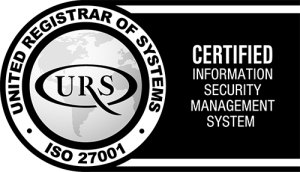What is limb girdle muscular dystrophy?
Limb girdle muscular dystrophy (LGMD) is not a single condition but a number of different inherited muscular dystrophies that are grouped under the label ‘limb girdle’ because they generally affect the pelvic and shoulder girdles. The different types of LGMD have different features associated with them, however, the common feature of the disease is weakness in the muscles in the top part of the arms and shoulders and the hips and thighs. These muscles are often called the ‘proximal’ muscles because they are nearest to the body.
What is the cause of limb-girdle muscular dystrophy?
All forms of LGMD have a genetic basis and are caused by mutations in genes which are required for muscles to function properly. This leads to muscle weakness. The different forms of LGMD are divided into two main groups depending on how they are inherited: autosomal recessive (Type 2 LGMD) or autosomal dominant (Type 1 LGMD). These types are further divided into sub-types, which are classified using letters and numbers that indicate which gene is mutated and/or which protein is missing or deficient. Often, complex testing needs to be carried out to identify the exact genetic cause of LGMD in an individual; in some cases a precise genetic diagnosis might be reached over a long period of time or may not be possible.
What are the signs and symptoms of limb-girdle muscular dystrophy?
The most common clinical features of LGMD are progressive weakness and the degeneration of muscles mainly involving the shoulder girdle, the pelvic girdle, or both. Distal muscle (away from the core of the body) strength is usually preserved, even in the later stages of the disease, but distal muscle weakness can be an early or prominent feature in some LGMD subtypes. Often, people with LGMD first notice a problem when they begin to walk with a ‘waddling’ gait because of weakness in the hip and leg muscles. They may have trouble getting out of chairs, rising from a sitting position, or climbing stairs. The involvement of shoulder and arm muscles can lead to difficulty in raising arms above the head, and in lifting objects. In some types of LGMD, the heart and breathing muscles may be involved, therefore, regular checks may be needed to identify and treat if necessary.
How does the disease progress?
LGMD is a progressive disease, and muscles continue to get weaker throughout a person’s lifetime. However, LGMD presents and progresses differently depending on age, sub-type, heart and respiratory function, and severity.
As the condition progresses, people can have problems with walking and may need to use a wheelchair as weakness in the pelvic girdle and upper legs can cause frequent falls. Assistive devices, such as a cane or a long-handled reacher, can also make things easier as weakness progresses.

